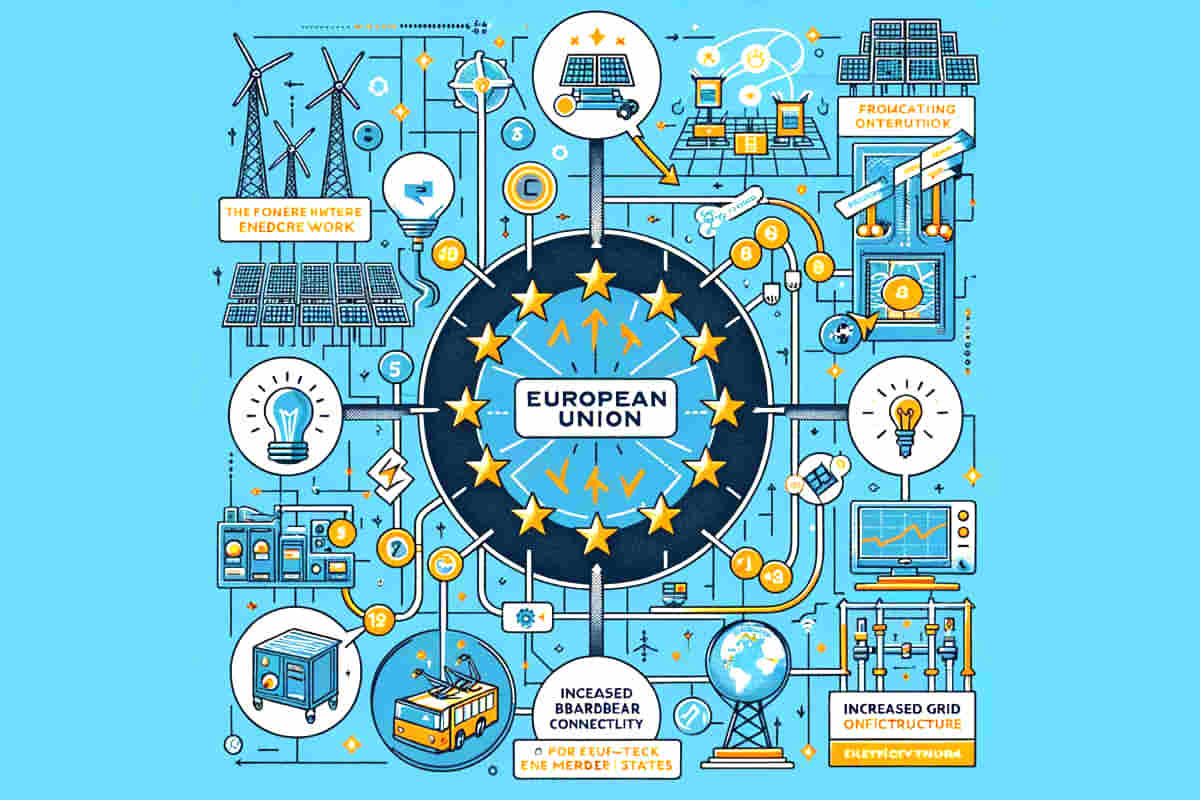In an ambitious effort to transform energy generation from fossil to clean sources, The European Commission has presented a strategic plan, the “Network Action Plan” for the electrical network. With a planned investment of 584 billion euros for 2030, EU aims for massive upgrade of European power grid lines. The objective is to improve the flexibility of the network and accelerate the integration of clean energy, marking a significant change in the continent's energy paradigm.
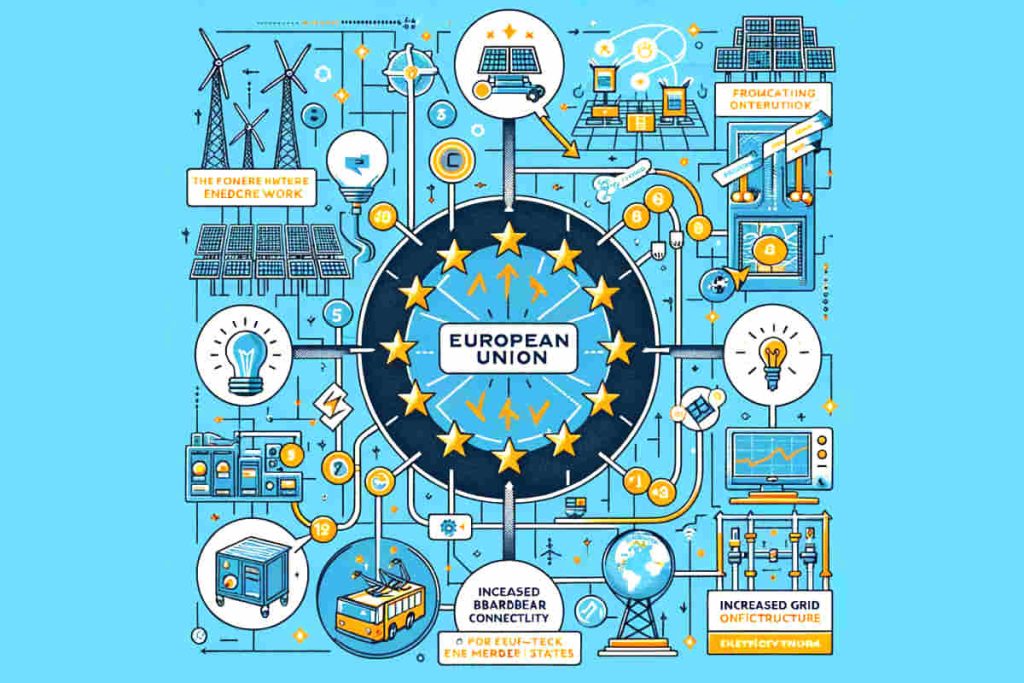
Table of Contents
- The Critical Need to Improve the Network
- Europe's Energy Transition
- The Impact of Grid Improvements on Electricity Prices
- The Renewable Energy Market in Europe
- Requirements for the Development of a Green Electricity Grid
- Conclusion
The Critical Need to Improve the Network
The electrical grid is the link between power plants, wind farms, solar panels and substations, forming regional networks that control the transmission of electricity.
Nevertheless, a large part of the current infrastructure suffers from obsolescence, with approximately 40% of the network power lines more than 40 years of antiguaty. This situation leads to high power transmission loss and reduced efficiency., representing a significant obstacle to the integration of clean energy.
Network upgrade has become an urgent need, being essential to meet the EU's objectives for 2030.
Europe's Energy Transition
Europe is at the forefront of renewable energy development. Wind energy is booming and represents a crucial path in the continent's energy transition, with an impressive 17% of Europe's electricity generation in 2022.
Meanwhile, the capacity of solar energy installed has reached 56GW in 2023, although it faces challenges due to the variability of photovoltaic generation and problems in grid connectivity.
The diversity of opinions on nuclear energy continues to be a topic of debate in Europe. While Italy has completely eliminated nuclear power generation, France considers it a low-carbon energy source and supports the development of nuclear power plants. Currently, Europe hosts 163 nuclear power plants, which supply a quarter of the continent's total electricity generation.
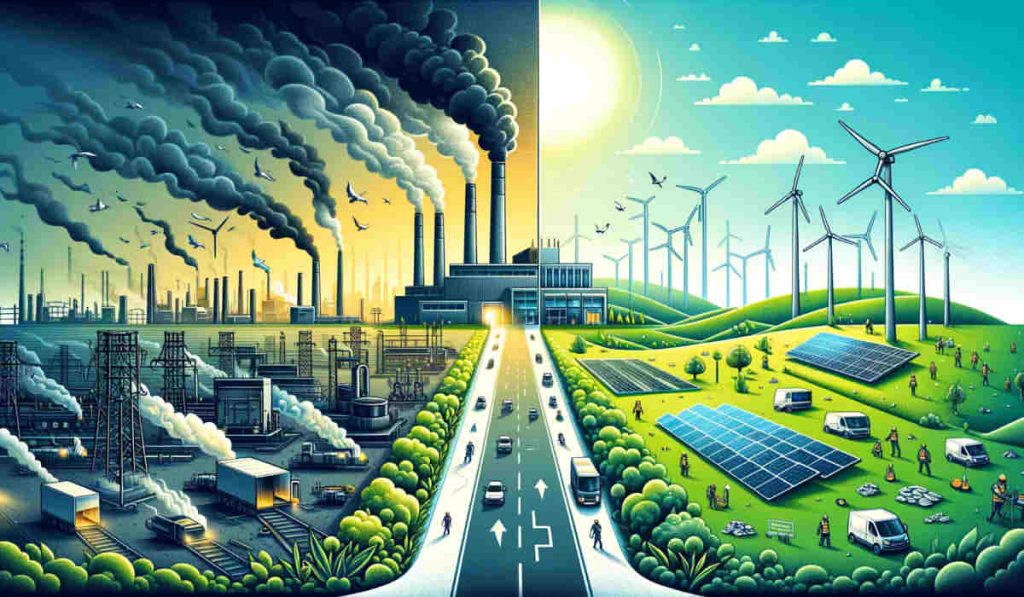
The Impact of Grid Improvements on Electricity Prices
The energy crisis caused by the war between Russia and Ukraine has led to a increase in electricity prices significant in Europe.
Nevertheless, the growing development of solar and wind energy, combined with improvements in the electrical grid, has increased Europe's energy self-sufficiency. This not only reduces the risk of energy crises but also offers substantial benefits in terms of energy costs..
The Renewable Energy Market in Europe
The transition to renewable energy is not just a response to environmental concerns, but also a significant economic opportunity.
The modernization of electrical grid facilities has triggered a domino effect in demand for power equipment and cables, providing a substantial boost to the power equipment market.
The Rise of Solar Energy
With ambitious targets of 600GW of installed solar capacity for 2030, The solar photovoltaic market in Europe is at a turning point. The increase of a 40% in the installed capacity in 2023 It is a testament to the dynamism of the sector.
Nevertheless, faces challenges due to the inherent variability of PV generation and complexities in grid connectivity.
Despite these challenges, The solar photovoltaic market in Europe is expected to grow at a significant annual rate of 12%. This growth is supported by progressive policy measures and a widespread consensus on the importance of a transition to a low-carbon economy..
Agricultural Solar Energy: A Horizon of Opportunities
One of the most promising segments within the solar market is agricultural solar energy.. Although it currently only represents a small fraction of the total potential, with less than 1% of EU agricultural land equipped with photovoltaic systems including cables and panels, its potential is immense.
Eurostat data suggests that with 98 million hectares of arable land, the field is wide open for the expansion of agricultural solar energy. It is estimated that until 50% of agricultural land could be equipped with photovoltaic systems in the future, contributing significantly to the EU's renewable energy targets for 2030.
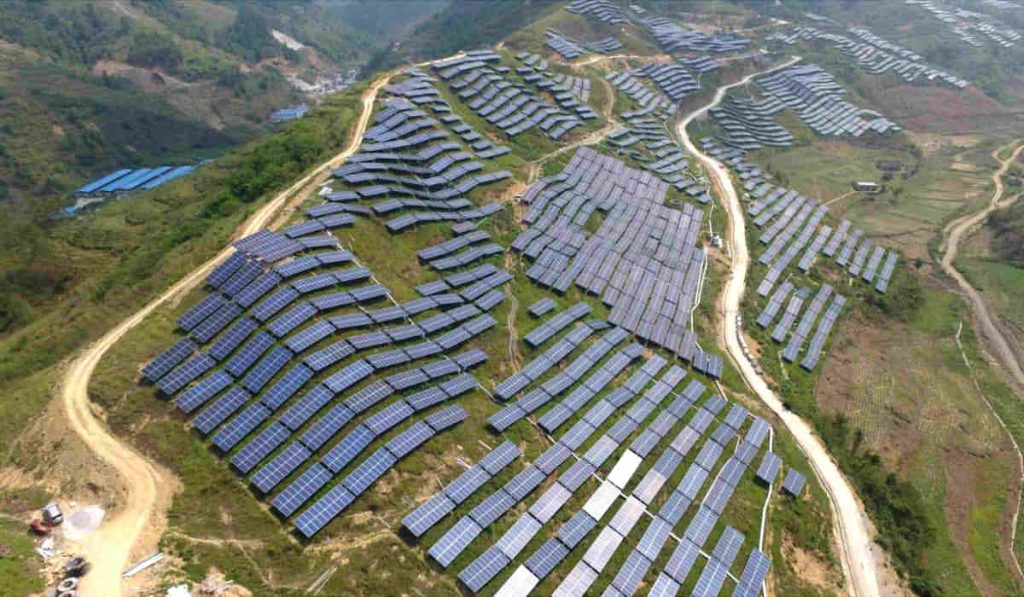
This integration of solar energy will not only boost agricultural production but will also generate a substantial amount of clean electricity, marking progress in the duality of food and energy sustainability.
The eolic energy: A Pillar of the Energy Transition
The eolic energy, which currently represents the 17% of Europe's electricity generation, It is another pillar of the energy transition. Countries are taking advantage of their windy geographies to install wind farms that not only generate clean energy but also create jobs and foster economic growth in rural and coastal areas..
Denmark is a leader in this sector, with wind energy representing the 55% of its electricity generation, an inspiring example for other countries. The expectation that installed wind energy capacity will reach 500GW by 2030 shows Europe's commitment to this form of renewable and sustainable energy.
The Role of Complementary Industries
The move towards renewable energy has also catalyzed the transformation of complementary industries.
The automotive industry, for example, is in the middle of a green revolution. Production of new energy vehicles is increasing, and with her, the need for charging infrastructure such as EV charging cables. Europe has responded to this need with a rapid expansion of charging stations.
The European Council's promise to install charging stations every 60 kilometers on the main highways from 2025 is a clear sign of the region's commitment to a sustainable transportation future.
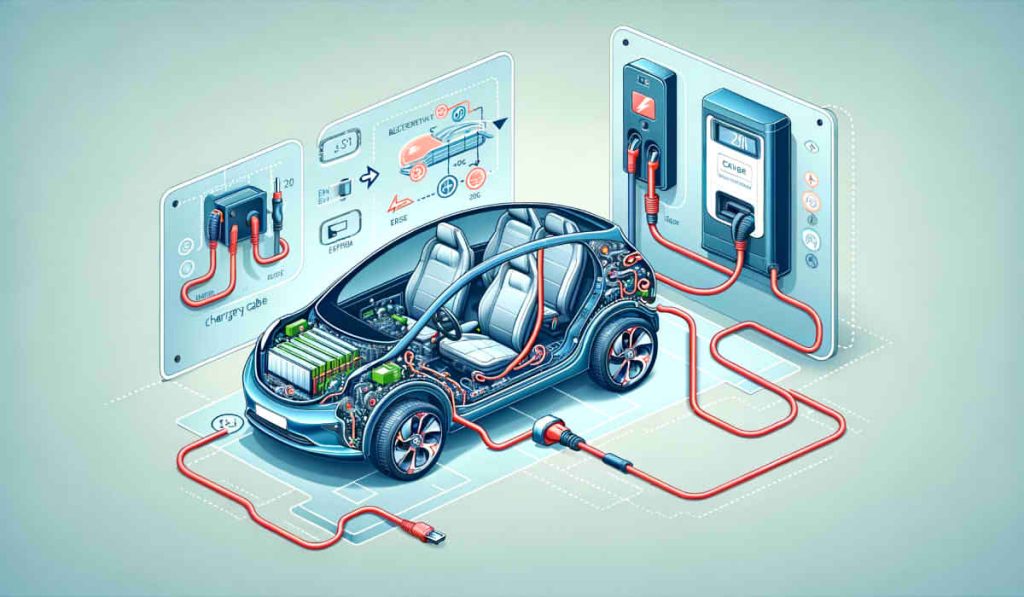
Requirements for the Development of a Green Electricity Grid
The European Association of Electricity Transmission System Operators (ENTSO-E) has identified four essential requirements to achieve the energy transition and a green network:
- Proper market design.
- Compensation of the energy gap caused by meteorology.
- Coordinated technical solutions.
- Electrical grid infrastructure upgrade.
Digitalization is a fundamental part of network innovation, increasing the flexibility and compatibility of the grid system and effectively coordinating additional energy input from consumers.
Conclusion
The upgrade and transformation of the electricity grid infrastructure in Europe by the Grid Action Plan are crucial for the development of clean energy.
Increased capacity and grid flexibility are beneficial for the integration of clean energy sources, increasing its market share and reducing the risks associated with insufficient supply of fossil fuels. Clean energy effectively promotes the energy transition in Europe, ensuring a stable energy supply and reducing the need for energy imports.
From an environmental perspective, The development of clean energy significantly reduces greenhouse gas emissions and promotes the protection of ecosystems.
In summary, Upgrading the European electricity grid plays a key role in the integration of renewable energy, improving energy security and facilitating the development of green energy.

